Symposium held in Kyoto, Japan 23-25 November 2000
Bilingual intercultural education in Chile:
An unfinished project
José Tonko Paterito
Universidad Arcis
In past decades governmental policies in Chile pointed towards integration and homogenization of citizens in the development process they were working on; in this context, actions taken by groups and institutions which carried out promotional works in indigenous communities were, indeed, a promoting agent of national culture. Actions taken by these agents did not pretend “to foster values and institutions of indigenous communities, so that these may continue living as an indigenous community. What is needed is a cultural change, to induce a process of acculturation in underdeveloped indigenous communities, so that more sooner than later these communities may integrate into the national community.”
Thus all social interventions are conceived, according to my opinion, under a paternalistic dimension. Under this policy, non-indigenous institutions take up indigenous issues, which results in general policies or in distinct actions, which pretend in one way or another, to assist the different needs of the ethnic communities.
The point was to foster national white idiosyncrasy, and their purpose was that indigenous population may acquire the cultural features of the dominant society. Therefore, the following postulate was adopted:
“Governmental efforts produced the implementation of a new style of life and behavior which caused a deep impact in roles and relationships between members of the indigenous society.”
Due to this process, almost all indigenous population has lost its cultural patterns, and this in many cases meant for some Indians to abhor the idiosyncrasy of the indigenous world.
In spite of the different transculturation processes, the strongest ideological governmental action towards a process of integration and homogenization was education and evangelization. These two elements acted as agents of legitimation of formal education, as well as the official language of the country (Spanish), answering a logic of cultural unification of all the population of the country.
According to this logic, the knowledge possessed by indigenous communities lacked any value, and therefore there was no need to spread this knowledge. Thus, all cultural knowledge and cultural patterns of minorities should be ignored or wiped out.
Nevertheless it should be pointed out that there are other factors, which have contributed to acculturation.
We have to emphasize that almost all indigenous communities are in rural zones, with a subsistence economy; therefore some people from these communities move to cities looking for better opportunities, job possibilities and mixed marriages. All these factors have caused the loss of the mother tongue and all its worldview.
In the 90’s the indigenous theme became important because of the promulgation of the so-called Indigenous Law, which recognizes our country as a multicultural country. This way, the government took the compromise of showing respect, and foster idiosyncrasy and worldview of indigenous peoples. With this purpose the government proposed to develop several policies, which were aimed at the promotion and conservation of the idiosyncratic values of Chilean ancient peoples.
To answer the needs and/or problems of indigenous people, a law, No. 19253 was created. Its purpose was to protect the interests of the different ethnic groups, and to rescue, make known, and revitalize all their cultural expressions.
It was also created an Institution, which agglutinated all development policies, and cultural rescue of indigenous communities.
The first measure taken by the government was to make a diagnosis of the reality of those communities, regarding education. The results were the following:
1. Indigenous population is congregated in two of the geographical zones of Chile (8th and 9th Region).
2. In some cases all schoolchildren are members of an indigenous community.
3. It was established that in both primary and secondary (high school) urban schools, children belong to poor families.
A significant number of indigenous schoolchildren don’t finish primary school, since at 13 they leave school and get a job, in order to help their families.
Other aspects, which show a low level of learning, are:
1. Rurality and/or peripheral neighborhoods, which in many cases prevents modernization of facilities.
2. Poverty condition of indigenous communities, which prevents their development.
3. Social discrimination, which brings about a low self-esteem, and personal and cultural identity, added to an inadequate education system, with a curriculum that doesn’t consider the cultural universe of these schoolchildren, which is the cause that many children abandon school without finishing primary education.
To reverse this situation, both the government and indigenous communities in Chile organized a national meeting in order to discuss education issues within indigenous communities, and to look for procedures to make known the indigenous world to the rest of the citizens of the country.
There were three conventions: one in the North with Aymaras and Atacameños; another in Santiago with Indians living there, and a third one in the South (Regions VIII, IX and X).
Two documents were elaborated in these conventions: 1. “Social Bases and Policies for Intercultural Bilingual Education,” and 2. “Foundations and Curriculum Bases of Intercultural Bilingual Education.”
These documents were sent later to the Ministry of Education, and were used to elaborate a program, which started in 1966 under the following principles:
Intercultural Bilingual Education “must promote in students their consciousness about political and social rights which are essential to each indigenous people within the framework of a national society which may recognize itself as multicultural and multiethnic, where relationships among the peoples which constitute it be established within a framework of interculturality.”
Following the above principle, the aim of intercultural bilingual education is to promote and develop indigenous languages, because they are a means of communication, and therefore, they allow us to approach identity components of speakers in their own worldview. Under this perspective the Ministry of Education establishes as a general purpose that intercultural bilingual education must be a methodological alternative to improve education, and that it must be oriented towards the generation of a balanced interethnic relationship, capable of giving the nation a pluralist and multiracial character, where each ethnic group should operate within its own cultural logic, so that each individual may be conscious of his/her own identity.
Indigenous Movements in Chile in Search of a Reparation Process
Natives of our country have been by many years sunk in silence without being able to express their restlessness. This situation is explained among other things by the irruption of a de facto government which lasted 17 years; during this time all social movements were forbidden, nevertheless, between 1984 and 1986 mobilizations of workers in our country in search of better wages burst in with force, and this continued until the end of 1990. However, with the arrival of democracy we witnessed a new opening for the mobilizations of masses, and the incipient indigenous movements, which became visible through mass media making their claims, shared this popular feeling.
With the creation of the Indigenous Law No.19,253 and with the restoration of a public organism as it is the Bureau of Indigenous Affairs (CONADI), indigenous social movements increased and are perceived with greater force in the national society.
The demands of the indigenous communities in democracy are the following ones:
a) Recovery of their territory
b) Water Resources Recovery as far as concerns the ethnic group Aymara.
c) Major social and cultural development, etc.
Within cultural development we can find one of the most yearned topics of the indigenous society: the rescue, revitalization, promotion and diffusion of the cultural expressions of the different indigenous peoples.
It is in this scope, which crosses as a transverse axis a whole range of indigenous cultures, that we find the so-called revitalization of indigenous languages, since according to the data obtained in the VIII, IX, X and XII regions, indigenous languages are in an accelerated and constant diminution, close to extinction as it is the case of the Yaghan and Kawesqar in the southernmost zone of Chile.
Concerning the Yaghan community they are only two speakers at the moment and in the Kawésqar community there are around 15 people. However, within the national society we have a larger number of native speakers represented by the Mapuche community with more or less three thousand individuals. Due to the alarming diminution of the ancestral languages, the public indigenous institutions together with the communities, the State proposed to promote a program of national character, which tends to revitalize and to foster indigenous languages.
Intercultural Bilingual Education as a Proposal of an Endoculturation Process
To foster and revitalize indigenous languages the government must promote intercultural bilingual education in communities with a large amount of indigenous children. With this aim the Constitutional Law of Education was modified. This law establishes a norm in Chilean education, providing a common ground to 40% of objectives and curriculum content, while the rest (60%) corresponds to a curriculum based on local reality. This means that curriculum must contain local knowledge: the cultural patterns of a certain region or an ethnic group. This open view of education allows to validate and use in curricula the idiosyncrasy and worldview of indigenous peoples.
A policy of Intercultural Bilingual Education allows to catch a sight of the indigenous world, the promotion and rescue of the language, its idiosyncrasy and worldview. On the whole, an intercultural bilingual education is a dialog among cultures. This means that theoretically, indigenous children may transit without any kind of trauma, both in the society where they were born (the community) and in the national society. This means mutual respect of differences, acceptation of the other as legitimous in daily life, the permanent dialog and search for common welfare.
Thus, intercultural bilingual education must be adopted as a holistic model; this means that non-indigenous people should respect the cultural differences of other persons and regard them as a legitimate human being with all his/her cultural richness and virtues, and they should try to understand that indigenous people have their own cultural logic, and a different world view. Therefore, indigenous schoolchildren must have the opportunity to handle their own cultural and linguistic codes at the same level as the official Spanish language.
The educational model which was adopted within indigenous communities aims basically at the revitalization of cultural traditions of the several ethnic groups, so that schoolchildren may act adequately without looking down on their cultural heritage, religion and idiosyncrasy within their communities.
This educational model will generate in children a better cognitive capacity; it will help them to grasp and acquire concepts and other abilities, such as the reaffirmation of their own identity; it will contribute as well, to get an appropriate development of self-esteem. The later will strengthen their self-trustworthiness, and it will help them to be protagonists of their own life in their quest for personal welfare.
In past decades the national white society looked down on anybody belonging to an indigenous culture. Indigenous persons were the least considered among segregated groups. Discrimination was very strong, so the dominant society tried to homogenize all inhabitants of the country. Therefore in Chile there was only one “race”: Western race, and all artistic and cultural expressions of ethnic groups were forbidden.
Thus, at school, nobody was allowed to speak the mother tongue, since it was forbidden. The idea of the so-called assimilation to national culture was associated to the false pretension that learning an indigenous language was useless; it was claimed that the most important fact in the life of an indigenous person was to be carried out within national society, and therefore educational efforts were to be centered only in an effective knowledge of Spanish, because this was the means of communication with the rest of the world.
This erroneous perception was shared both by teachers and parents, because they ignored the fact that the knowledge of a second language would be advantageous according to the following aspects:
1. Access to broader cultural horizons.
This means that indigenous school children should be able to value and respect the holistic principles, which articulate each culture. Being bilingual allows speakers to connect themselves with what is fundamental of his/her birth culture and at the same time, it allows them to handle the culture codes of white society, in order to interact efficiently between both cultures.
2. A better tolerance towards diversity.
Indigenous school children should know that within Chilean society there are different cultures, which must be respected, and they must understand that no culture is better than another; all of them have a particular richness which allows them to perceive and explain their environment with their own world view.
3. A better adaptability towards change.
Children who have been educated in a bilingual community will adopt their birth culture together with a set of aesthetic and moral values which constitute the particular way a people perceives the world. Furthermore, they will adopt automatically the knowledge, which comes from the dominant culture, and this will allow them to interact without problem within the dominant society, since this person carries in him/herself a strong identity load, and a strong link to his birth society. Therefore he/she will have to move between both cultures without any problem.
In order to sustain the above mentioned postulate it is very important to consider the knowledge which is transmitted in the family nucleus, since the socialization of their cultural heritage is generated within the family, and since they belong to a certain ethnic group, daily interactions play an important role, as well.
This new conception of education replaces the characteristic ethnocentrism of traditional education. This new educational modality is visualized as a permanent process of knowledge acquisition, and development of practical abilities for individual as well as collective life, in order to interact both within the birth society and the global society.
Intercultural bilingual education aims primarily at the solid acquisition of local knowledge, so that indigenous communities may be the principal protagonists in the rescue and fostering of idiosyncratic values of a people.
Under this topic in the indigenous communities started the implementation of a pilot program, which was called bilingual intercultural education, aimed at a curricular reform of education in order to reaffirm the process of revitalization of vernacular languages.
Pilot Plan in the Process of Revitalization of Indigenous languages
Almost all indigenous communities in our country are in rural areas; their main activity is of the type of subsistence agriculture; it is here where we can observe the practice of knowledges of a culture in its maximum expression. Nevertheless, the proposals that emanate from the State in their modernizing eagerness are covering all the corners of our country.
Indigenous communities also accept this proposal and it seems that in many cases the members of the community leave their place of origin and move to the cities in search of a better quality of life. Certainly, as an inherent consequence to that process, they leave the origin culture and later they apparently forget all about it. This way they don’t speak their language, and abandon all religious practices, and social and cultural expressions of their birth culture.
After fieldwork in the Maquehue, Trosco and Laupulli communities, where experiences of bilingual intercultural education were made, it was stated that in the rural indigenous communities 95% were Spanish monolinguals and 5% bilingual.
Due to the drastic condition in which are these three communities, in 1995 a pilot project was made. This project was proposed in order to awaken in indigenous children the capacity to speak the language of their ancestors.
This first experience has an historical value, since in these three communities for the first time the process of traditional education-learning was interrupted, and the traditional knowledge of an ethnic group was incorporated to the curriculum. Themes such as familiar structure, indigenous religion, legends and myths, were new in the classroom.
When these four variables were used in the education process, indigenous school children were able to become aware of their people and its identity. Therefore it started an incipient process of vindication and endoculturation in indigenous children. In this first experience, that was called bilingual intercultural education, teachers worked with children who were Spanish monolingual, whose ages fluctuated between 8 and 14 years old. In this opportunity teachers worked mainly with children of the first basic cycle fomenting the native language practice.
This experience of interculturality does not arise by chance: teachers who implement this project have an accumulation of experiences in communitarian work within ethnic communities. Therefore, teachers who worked with these children were bilingual and also they had been trained in neighboring countries, especially in Bolivia, a country that has much experience in the subject of interculturality. In addition these teachers had a great commitment with their community of origin, and they could create or also modify the contents of a subject or any other aspect that may contribute to the insertion of indigenous themes in the classrooms. Most of these teachers were indigenous with a great commitment to promote the idiosyncratic values of the ethnic minorities.
Impact of an Intercultural Education
The experiences developed in our country demonstrated that it is possible to guide students in the search of their idiosyncrasy and their worldview. In this first intercultural experience made in our country we can draw the following conclusions:
1.- It is necessary to emphasize, in the first place, the great interest on the part of the State and the representatives of the indigenous communities, to implant a policy of education with ethnic contents elaborated in our country.
2. - There is a strong participation of the members of the community in the process of implementation of a bilingual intercultural education. They are chosen in common agreement with the members of the community as well as the teachers who will treat the topics to be developed in the classroom.
3.- The students were very interested in their culture; this necessity also responds to the fact that in this process of education the children must actively participate obtaining information, rescuing legends and myths from the community and incorporating them to the educative process that was developed in the classrooms.
This task of successfully obtaining information together with the traditional authorities of the community has a double purpose: On the one hand, to extend their cultural horizon; when doing this type of exercise children feel the necessity to learn about their own culture and, on the other one, it entails in implicit form the reinforcement of identity.
4.- The students during the five years that lasts intercultural education learned a great amount of vocabulary in the indigenous language and it was stated that they were able to communicate relatively well in the indigenous language. One of the methods that allowed to advance quickly in the acquisition of more vocabulary was the aid of some members of the community that still had a good command of the mother tongue.
5. - All the indigenous movements backed bilingual intercultural education because in their postulates they stress revitalization and diffusion of the indigenous idiosyncrasy.
6. - The financial resources destined to implement this type of education are not enough to cover the requirements needed (suitable facilities, reasonable wages for teachers, and didactic materials, among others).
7. - The type of bilingual intercultural education that has been proposed in our country lasts
five years, and has been implemented mainly with children of primary schools. Therefore it is not sufficient, since it loses its continuity when children reach the next level of education. The study of the indigenous world is interrupted, and they no longer practice the vernacular language.
8. - In the exercise of intercultural education in Chile there is not any type of didactic materials that may allow a greater reinforcement of the learning process. There isn’t either a good planning of the intercultural project in the classrooms, since teachers improvise the subjects they are going to teach.
There isn’t a written evaluation of such projects, for this is done in discussion meetings at school, and the conclusions only remain in the collective memories of those who attend. Consequently, the lack of written materials makes evaluation and systematization of such practices more difficult, since we do not know what aspects will be necessary to improve.
9. – The most noteworthy aspect of this practice of bilingual intercultural education, is that
from these experiences the rest of the existing indigenous communities in our country have also started to work in order to learn and teach about their culture; this is the case, for instance, of the indigenous community of the Southern region of our country, the Kawésqar community, which at present is in danger of extinction. Nowadays, this community has a very reduced number of bilingual speakers, approximately 10 people of old age.
In a meeting summoned by the representatives and members of the community in 1998, they expressed the necessity to spread the knowledge of their culture to a regional and national level, and its central proposal pointed out the necessity to revitalize the language. Consequently, they expressed the needed to get acquainted with the culture of their ancestors, and in addition, the necessity to speak the language. In that opportunity some proposals for a multicultural education or an intercultural one were proposed for the Magallanes region. These proposals covered three main themes: a) bilingual education; b) environment; c) social organization.
a) Bilingual Education
In this unit children will mainly study subjects related to the family, the daily life of a community, folklore, etc. All the topics will be taught in indigenous language, but the official language of the country, Spanish, will be also used, since it is the communicational means adopted by everybody. The purpose is to try that the children progressively acquire the indigenous language throughout the process of teaching-learning, as well as a suitable and permanent reinforcement of Spanish, according to the requirements of the different learning contexts of the different levels of formal education.
b) Environment
With respect to the environmental subject, which nowadays is very popular, children will be taught that indigenous people were related with their natural environment in a dualistic perspective. In this context the relation man-nature is visualized as magical-religious. From these views emerge everything related to taboos, myths, and legends, where Nature aspects play a central roll in the learning process.
In this context of interculturality as an educational element, we could make a comparison between urban reality and the one of the communities, so that children may internalize in the best possible way, the elements related to geographic characteristics, so that they may progressively understand the environment, the space and the elements that surround them.
c) Social organization
Emphasis in this field is centered towards the knowledge of social and cultural origin in a context of permanent interrelations within the communitarian environment. It must be pointed out that in these interactions an important role corresponds to old people who know
anecdotes, histories and legend about their forefathers. They are the persons who with their voices transmit to younger generations the idiosyncrasy and worldview of their people. They are the vehicle, which renders possible to travel to the past and to return to the present with an accumulation of knowledge from the ethnic group.
Therefore, in order that intercultural education be real and with a high degree of success, there must be a joint work, where the civil society as well as the state and the indigenous communities play a preponderant role. To carry out such a proposal of interculturality with solid bases, there must be a good linguistic planning with a strong component of training of teachers and assistants. Only thus we will be able to speak of a true education, containing the knowledge of the indigenous communities and appropriate for the young generations in their eagerness to know the cultural heritage of their ancestors.
To consider such ambitious goals as a bilingual intercultural education does not appear as a goal that could be fulfilled neither in a short or a medium term, since it is needed a good planning and teacher-training. This is absolutely necessary in order to implement an appropriate intercultural education, for it is also necessary that these teachers have a good competence both in the language of their ancestors as in the official language. Nowadays there are few professors who speak the indigenous language.
In those communities where there are no teachers who speak the native language it is necessary to train some members of the community who are able to handle the two cultural codes so that they may serve as monitors in the teaching-learning process.
The methodology to be used must be active and participative in order to stimulate the curiosity of the children, their creativity, the valuation of themselves and the others, and a great compromise to get acquainted with their own culture. Consequently, the present working methodology needs to be fortified; the curriculum must be reformulated, so that we may have a good participation of the community.
Furthermore, specialists must collaborate so that the participants in this project may study their own methods of organization and management. This seems necessary, since indigenous education is associated to a perception of society which goes beyond the relations between humans, and incorporates diverse elements and forces of nature by means of which interdependence relations are established, in order to maintain or to assure the projection of their culture.
Revitalizing agents of the culture are the elders of the community, the family and the community on the whole; all of them are in charge of the transmission of the cultural codes to the new generations. This way one can understand the significant role that assumes communitarian participation in the educative management and the reformulation of curriculum. But this process must be gradual and its progress is obtained from diversity.
A good contribution of financial resources should exist on the part of the State in order to implement an intercultural education in its entire dimension. This means to finance teachers and monitors, create a textbooks for teachers and students.
Intercultural education must not be conceived only for primary Education, but on the contrary, for all levels of formal Chilean education; this way a real benefit may be obtained, so that, on the one hand, indigenous children can revitalize the language and, on the other, identity components of an ethnic group can be reinforced.
On the part of the indigenous institutions all proposals of interculturality should be unified, following a logical order of the interventions, such as:
Creation of a linguistic instrument such as a grammar of the indigenous language with a standardized alphabet.
Creation of didactic materials written as well as audio-visual. These materials will be used both by teachers and students, which will allow the reinforcement of the teaching-learning process.
And finally as it has been stated above, a good training both for teachers and assistants would allow to lead intercultural education through a more operative and logical way, which could result in a greater degree of success.
If we want an operative intercultural education and that it may respond to the exigencies of our time, it is necessary, then, to have specialists in all the educative processes; good intentions do not suffice.








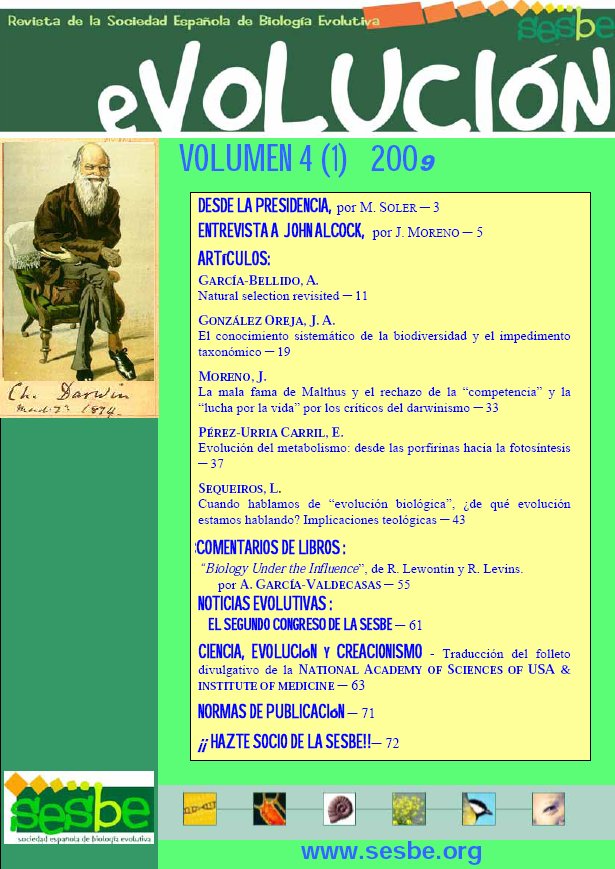
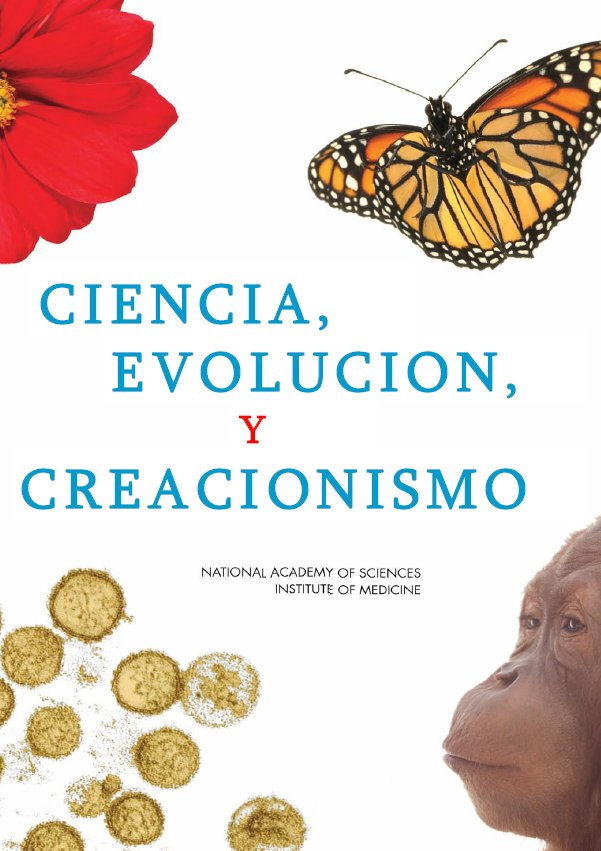
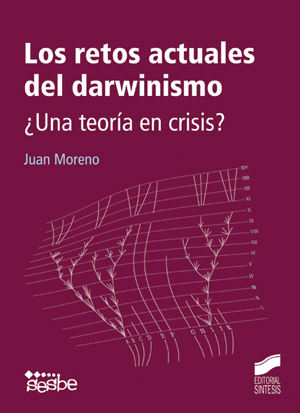
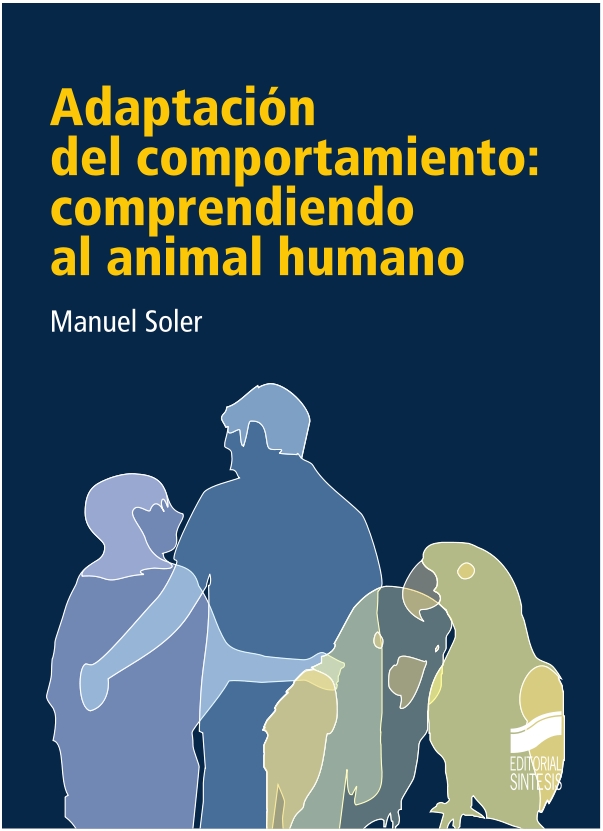
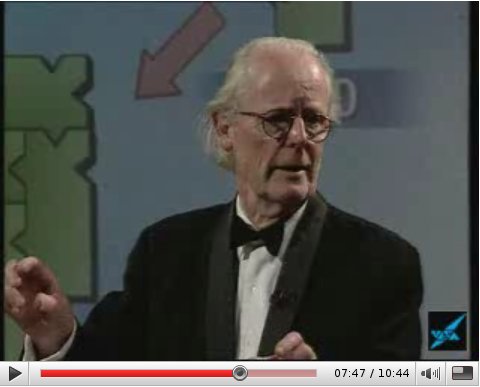


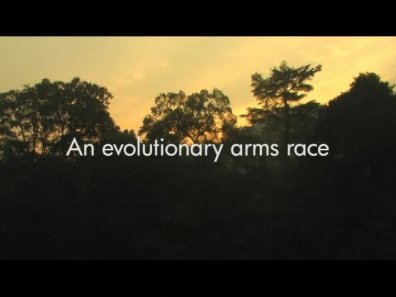 Y. Mahe & P. Pennings.
Y. Mahe & P. Pennings.  Y. Mahe & P. Pennings.
Y. Mahe & P. Pennings.  Y. Mahe & P. Pennings.
Y. Mahe & P. Pennings. 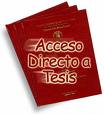







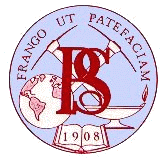
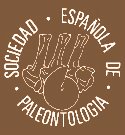


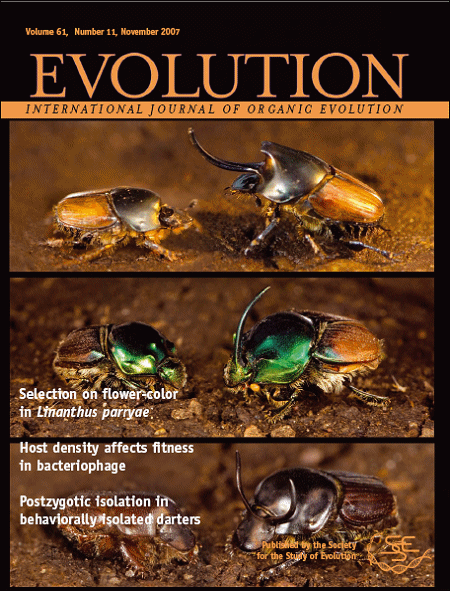

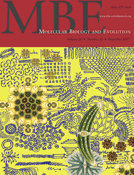


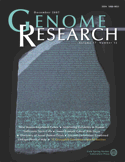
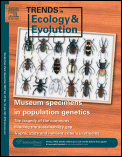


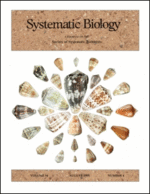


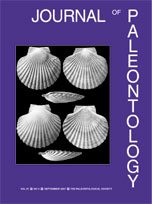



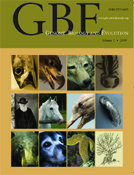
















































































 Solo las mujeres sabían nadar (como en el caso de los yaganes), iban buceando en busca de mariscos, con un canasto en la boca, así nadando iban a buscar la canoa que se quedaba alejada de la playa en las algas. En la canoa, son las mujeres que reman, los hombres quedándose de centinela con el arpón para la pesca (lo mismo pasa con la mujer yamana, o con la mujer selk'nam, llevándose todo, el hombre quedándose disponible con el arco para una caza eventual).
Solo las mujeres sabían nadar (como en el caso de los yaganes), iban buceando en busca de mariscos, con un canasto en la boca, así nadando iban a buscar la canoa que se quedaba alejada de la playa en las algas. En la canoa, son las mujeres que reman, los hombres quedándose de centinela con el arpón para la pesca (lo mismo pasa con la mujer yamana, o con la mujer selk'nam, llevándose todo, el hombre quedándose disponible con el arco para una caza eventual).















 Su arma era el arco, el cual además de necesitar destreza requería ser fuerte, por su tamaño.
Su arma era el arco, el cual además de necesitar destreza requería ser fuerte, por su tamaño. Nos cuenta Lucas Bridges esas anécdotas sobre la educación de los niños : "Cuando una criatura, sana en apariencia, lloraba incesantemente, la madre daba muestra de impaciencia y solía gritar prolongadamente dentro de los oídos del pequeño. Generalmente, el niño cesaba de llorar. [...]
Nos cuenta Lucas Bridges esas anécdotas sobre la educación de los niños : "Cuando una criatura, sana en apariencia, lloraba incesantemente, la madre daba muestra de impaciencia y solía gritar prolongadamente dentro de los oídos del pequeño. Generalmente, el niño cesaba de llorar. [...]



































































 Las conchas mas que comida también les servían para hacer herramienta.
Las conchas mas que comida también les servían para hacer herramienta.
























 Traductor de Google
Traductor de Google

















 El Mundo Espiritual de los Selk’nam de Martín Gusinde” (Volumen II)
El Mundo Espiritual de los Selk’nam de Martín Gusinde” (Volumen II)  El Mundo Espiritual de los Selk’nam de Martín Gusinde” (Volumen I)
El Mundo Espiritual de los Selk’nam de Martín Gusinde” (Volumen I) 









































































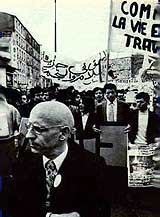

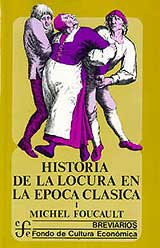
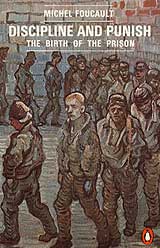
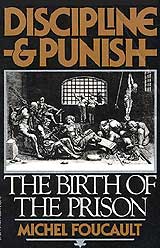










































No hay comentarios:
Publicar un comentario